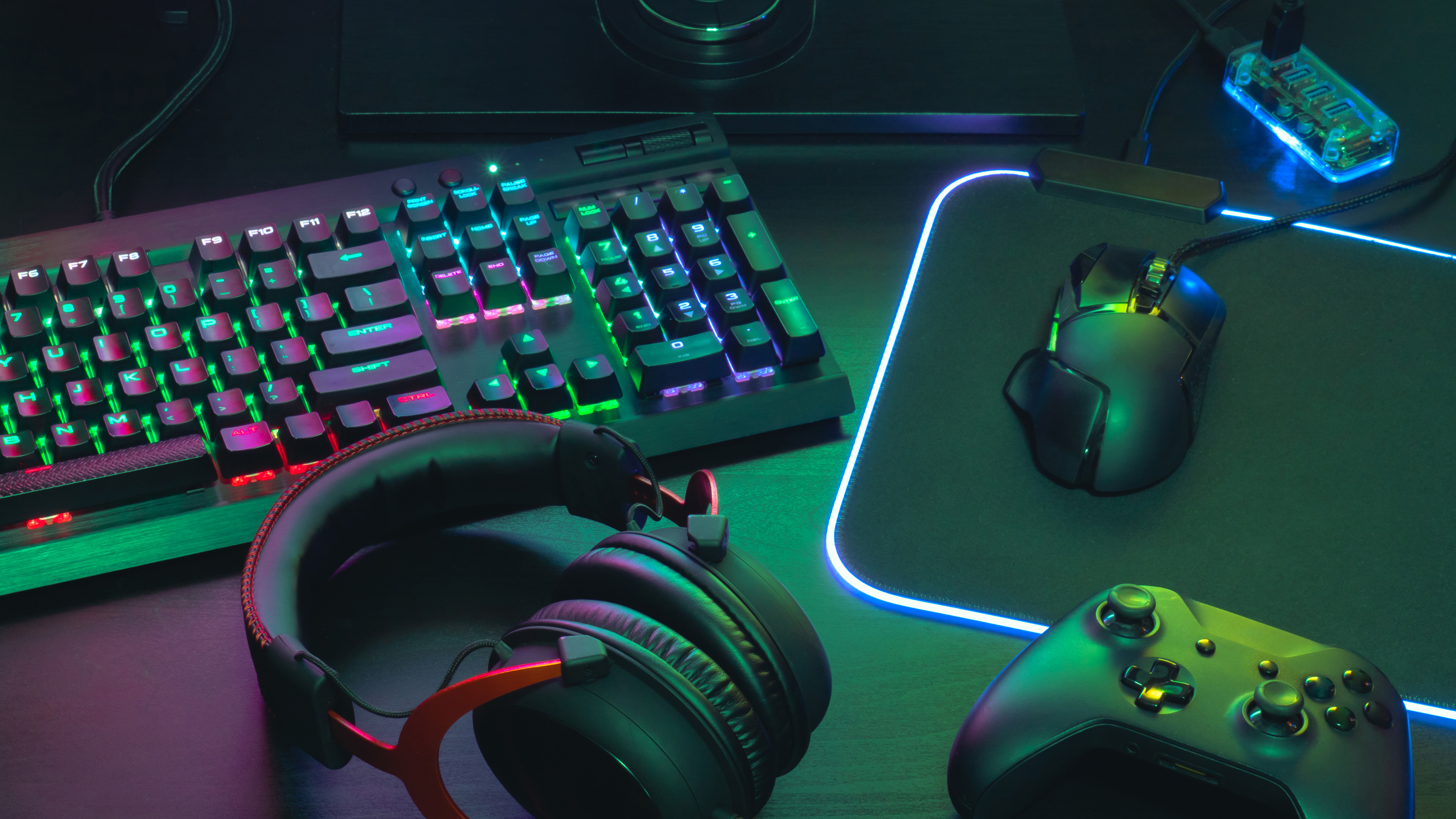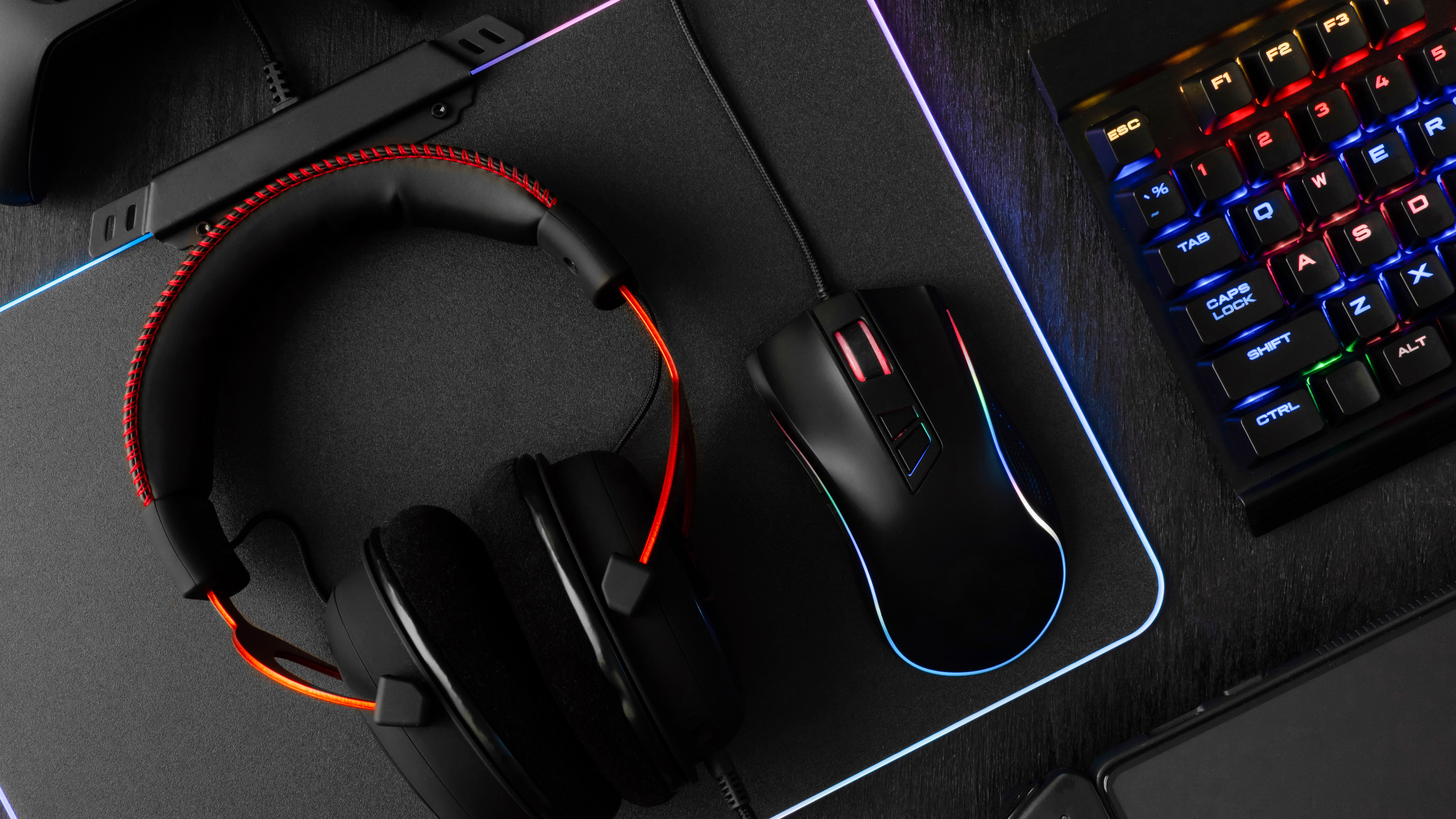Do you need a mouse pad for gaming?
Don’t underestimate the mouse pad

Choosing whether or not to get a mouse pad for your gaming sessions matters. It might seem like an afterthought when you’re putting together a rig designed to tackle the latest and greatest games in 60-plus frames per second. But, a mouse pad is still an important part of any gaming setup.
Most of the online conversations revolving around mouse pads focus on whether to get one, as much as on which one to get. There are also lots of conversations about the best gaming mouse or gaming keyboard, with many gamers building collections of the latter. While you don’t need to put the same amount of effort into researching a new mouse pad as you would, say, a new GPU, you do still need to do your homework.
Your mouse, after all, is a big factor in how you control a character or point of view in a game. When you look around in a game, this action is almost always controlled by a mouse, and you don’t want anything to affect its performance. Whether you get a top gaming mouse pad or something more basic, the cost of entry for most makes getting one a no-brainer.
If you need some convincing, however, there are a few reasons to give your poor desk’s surface a break and use a mouse pad instead.
Sometimes, a desk just won’t cut it
- Most desk surfaces aren’t as flat as they look
- Mouse pads offer a more uniform surface
Desks come in all shapes and sizes, but they’re not generally designed with mouse use, let alone gaming, in mind. So, while a desk surface might be flat enough for regular use, it probably isn’t flat enough for a mouse – and that’s not even considering desks with intentionally textured surfaces, whether they have a wood top or are a bit rustic. Any desk can have small imperfections and divots, not to mention nicks and dents from wear and tear, and all of these will interfere with your mouse’s performance.
Most modern-day mice, whether they’re of the gaming variety or not, use optical sensors to track movement. These optical sensors essentially send out a beam of light and capture snapshots of what bounces back, kind of like radar. So they’re sensitive to imperfections on your desk, regardless of whether or not you can see them. Unless you’re a furniture maker, you probably don’t have a lot of control over the surface of your desk, and you might be using an older desk that’s seen better days. The best and easiest way to get a uniform surface, then, is by using a mouse pad.
While mouse pads come in varying degrees of quality, their main purpose is to provide a surface that’s uniformly flat, so there’s nothing to affect the sensors and interrupt performance. They also provide a surface with a limited amount of resistance, so your mouse can glide around on it effortlessly. It doesn’t matter whether or not the mouse has PTFE-treated feet for fluid movement; a mouse pad will still be an upgrade over any typical desk surface.
Get daily insight, inspiration and deals in your inbox
Sign up for breaking news, reviews, opinion, top tech deals, and more.

Save a desk, buy a mouse pad
- Using a mouse on a desk or table surface can wear it down
- Mouse pads are much easier to replace than desks
If you’re still wondering whether or not you need a mouse pad, there are other considerations to take into account. Desks cost a lot more than mouse pads, and a mouse pad will protect your desk from unnecessary wear and tear.
While gaming mice are not exactly heavy or sharp objects, they can still put some mileage on your desk – and it’ll be on one specific section of the desk tool. The thin padding or feet on most mice can sometimes come off with wear, and if that happens, it won’t take long for the mouse to scratch the desk; and just moving the mouse back and forth for significant amounts of time can rub away paint or just wear down the material. Additionally, no matter how clean your hand is, oil and debris from your skin are going to make a lot more contact with the desk where your mouse is.
Using a mouse pad alleviates all of these issues. Most mouse pads are soft, and so a missing foot or padding on a mouse won’t do too much damage, and the wear and tear will not be nearly as noticeable. And mouse pads made of cloth will absorb that oil from your skin, while pads made from harder materials like glass can be easily cleaned.
And ultimately, if a mouse pad becomes worn or damaged, it’s much easier, cheaper, and quicker to clean or replace than a desk.
Not just any mouse pad will do
- Mouse pads come in a variety of configurations including surface types
- They also can come equipped with useful features
Any mouse pad is better than using that Razer or Corsair mouse directly on your desk’s surface. But, if you’re serious about your gaming setup, you should take a deeper look into what you want out of a mouse pad.
To start with, there are different types. Most pads out there are of the soft variety, and are typically covered in cloth. They’re also very affordable – you’ll likely find a few at a price that’s lower than their shipping cost. There are also models with a hard surface, such as glass and polycarbonate, which will give you slightly more precise tracking.
Size is also something to take into account. You can get pads that cover your whole desk or a large portion of it. That way you can protect your desk from wear and tear caused by peripherals like keyboards. We personally appreciate larger mats since they can make a desk look a little cleaner as well. Of course, there are regular-sized ones as well, if you’d rather just have something big enough for your mouse.
Lastly, if you’re willing to splurge, you can find mouse pads with some useful or fun additional features. Yes, you can find ones with RGB lighting. Depending on the brand, they might be able to sync with other peripherals. Some also come equipped with USB passthrough ports. And, some newer models come with built-in wireless charging.

Michelle Rae Uy is the former Computing Reviews and Buying Guides Editor at TechRadar. She's a Los Angeles-based tech, travel and lifestyle writer covering a wide range of topics, from computing to the latest in green commutes to the best hiking trails. She's an ambivert who enjoys communing with nature and traveling for months at a time just as much as watching movies and playing sim games at home. That also means that she has a lot more avenues to explore in terms of understanding how tech can improve the different aspects of our lives.